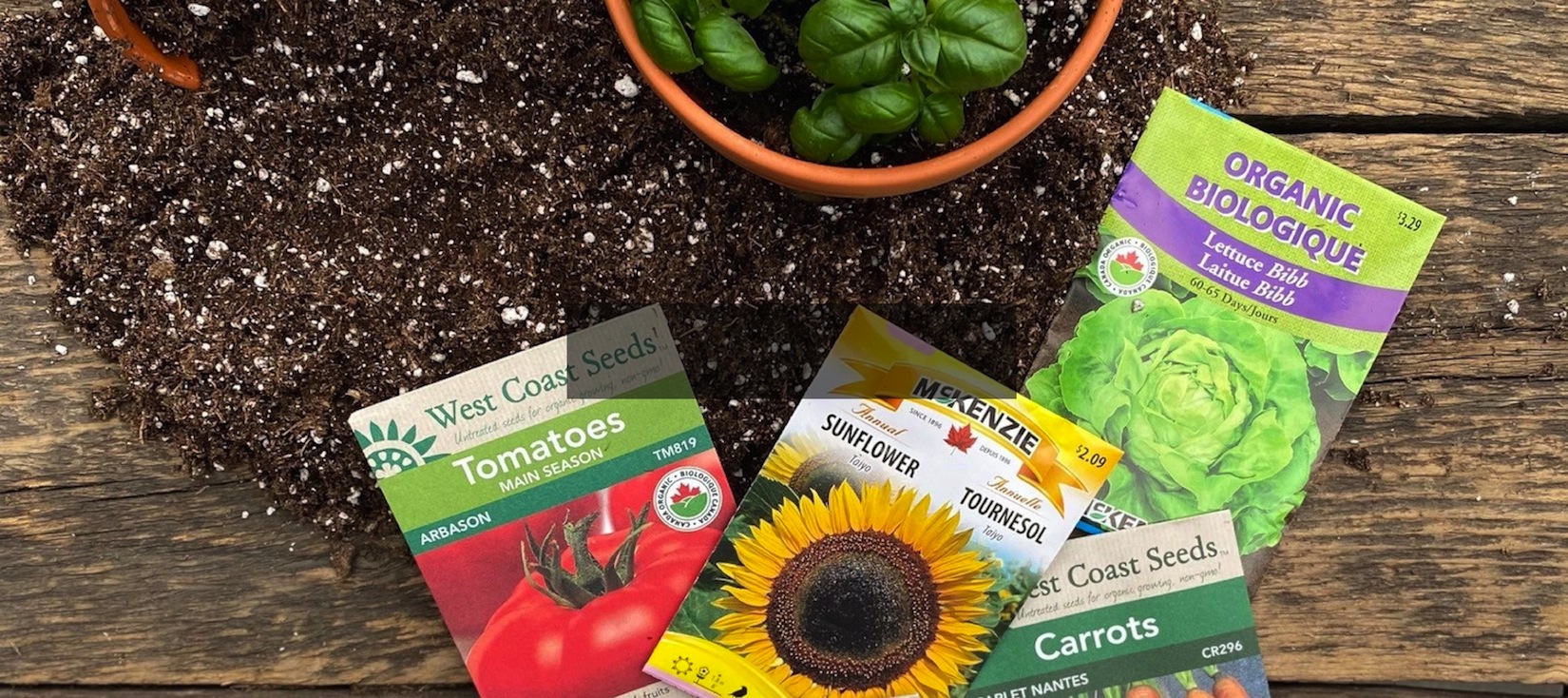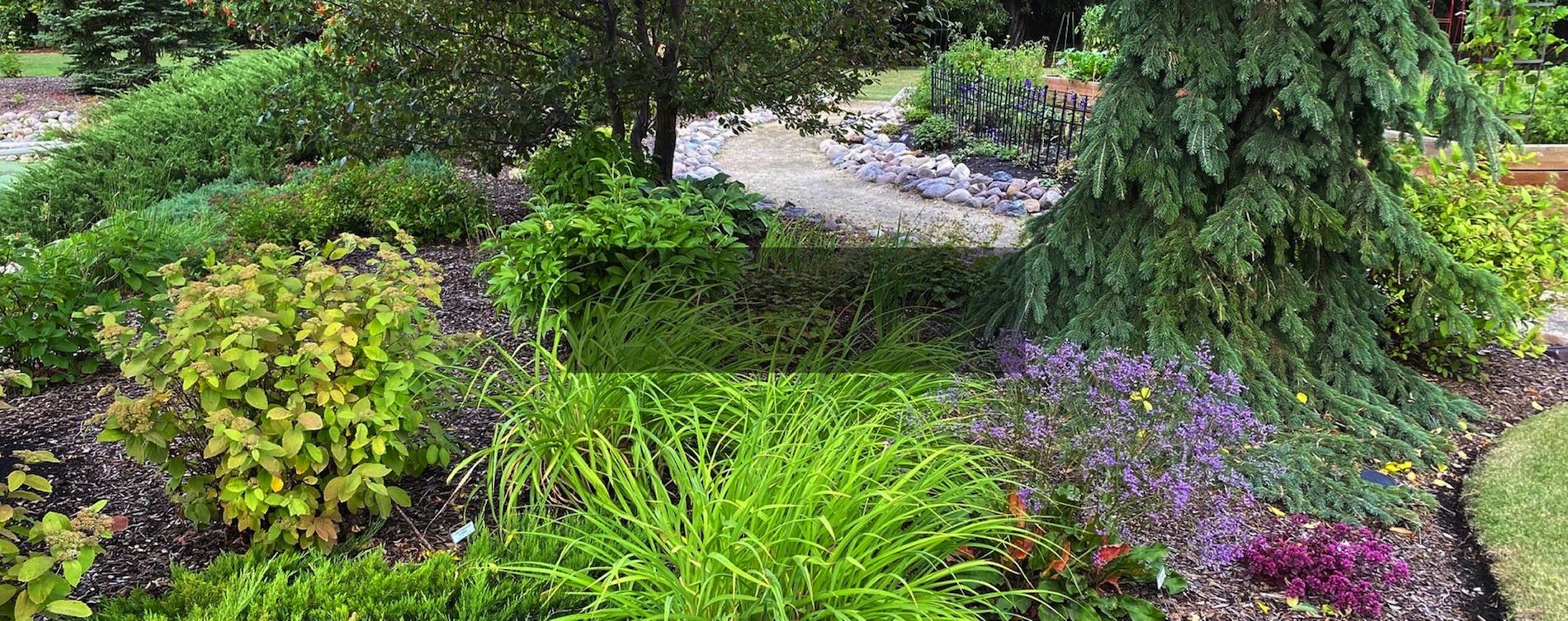Seeding and Repairing Your Lawn

The key to sowing a great lawn is in both the seed and the soil it’s being planted in. We recommend your final grade of soil is a min 4″ depth of rich garden mix that includes a screened mixture of topsoil, peat and sand. Many new yards contain heavy, clay based soil that is not ideal for growing grass or plants. Consider your soil to be the same as the underlay of your carpet. The better the quality, the more durable and long lasting it will be.
Here are some tips on seeding a new lawn:
- Before you seed, try to eliminate as many weeds as possible by digging or spraying with Killex, Roundup or Weed B Gon. These products will not have any effect on your soil, only the weeds. They must be given time to work, (about 7-10 days). Do not apply before rain or on a windy day.
- Once you’ve established the appropriate grade of soil, remove all lumps and rake soil with a fine rake (landscape rakes are available to rent free of charge from Greenland if you are a valid Greenland Garden Club Member).
- Apply seed at the recommended rate.
- Use a lightweight potting soil or light layer of topsoil to cover the grass seed. This will anchor the seed, help maintain moisture and prevent birds from enjoying it. Grass seed must be kept moist to germinate, water as often as needed. Avoid saturation that would cause soil to puddle and move seed.
- Depending on the weather and variety of seed, you should see germination within 3-4 weeks. If it’s still cool in the evenings, germination may take longer. The soil needs to be warm enough before seed will germinate.
There are three basic varieties of grass seed that aid in attaining a lush, healthy lawn in Alberta:
Kentucky Bluegrass
A perennial, winter hardy species that produces a dense, wear-tolerant turf. Spreads and fills in by underground rhizomes. Fairly slow to establish, so early spring or late summer seeding is recommended. Leaves have a boat shaped tip, providing a thick, dense lawn. Kentucky Bluegrass will tolerate reduced sunlight, but generally do not perform well in dense shade.
Rye Grass
Quick, vigorous germination makes this a very easy to establish grass. Most rye grasses are ‘bunch’ grasses with little spreading ability. Perennial rye will usually germinate in 5 – 10 days, and quickly establish a solid turf. Its leaves are dark green with a very shiny appearance. They can be mowed short and used successfully to overseed worn sports turf or damaged lawns.
Creeping Red Fescue
A fine bladed grass with medium to dark green color. It is established from seed easily, though not quite as fast as ryegrass. One of the best grasses for use in shade; though it still prefers full sun conditions.
Grass Seed Blends
Greenland carries a wide variety of blends that combine the above selections for seeding specific spots. You’ll find combos for sun, shade, areas with high foot traffic and more.
Over Seeding
The best way to thicken your grass and reduce weeds is by over seeding. Over seeding can be done at any time, but spring is an ideal time.• Rake up old thatch and dead patches.
- Rake in a thin layer of light soil over areas you are over seeding. Compost, Sea Soil or a very light soil mixture are recommended for best seed germination.
- Spread grass seed over area in the amount recommended on the package.
- Lay a light layer of Sea Soil or compost over the new seeds. This will help secure the seed in the soil and keep it moist for good germination. Also, birds love grass seed so it will prevent them from eating the seeds.
- You can fertilize with a ‘Turf Starter’ lawn food such as Scott’s Turf Builder Starter 24-25-4.
- Grass seed needs moisture to germinate. Be sure to water consistently with a light spray of water. Depending on the seed variety and temperature, germination may take from 3-6 weeks.





